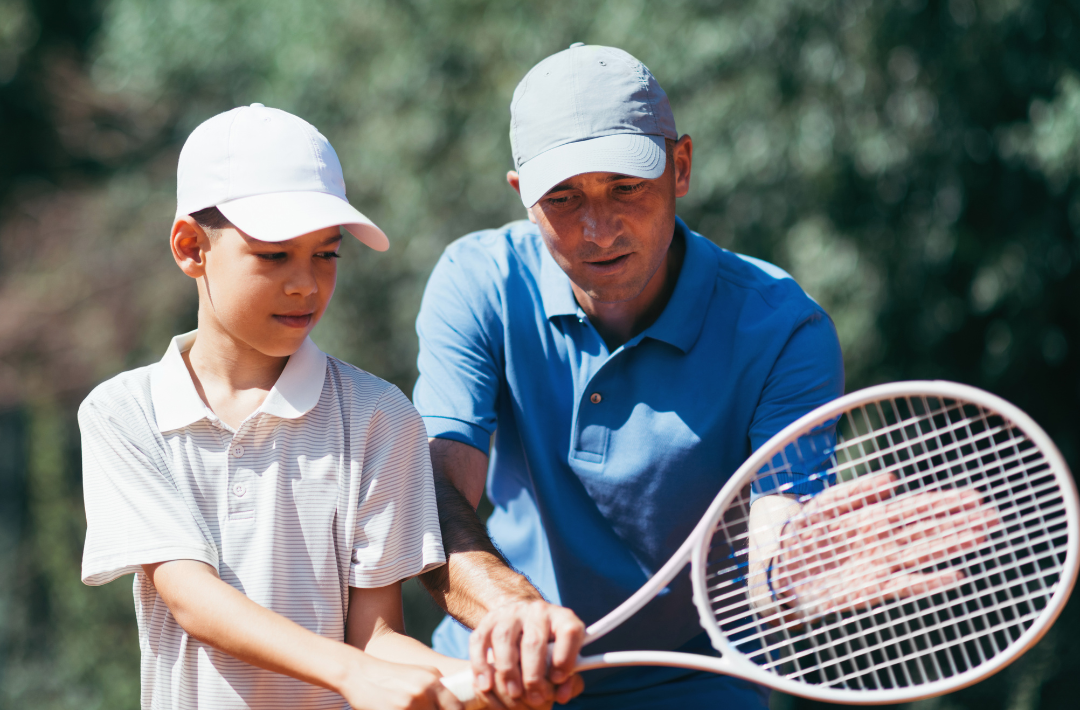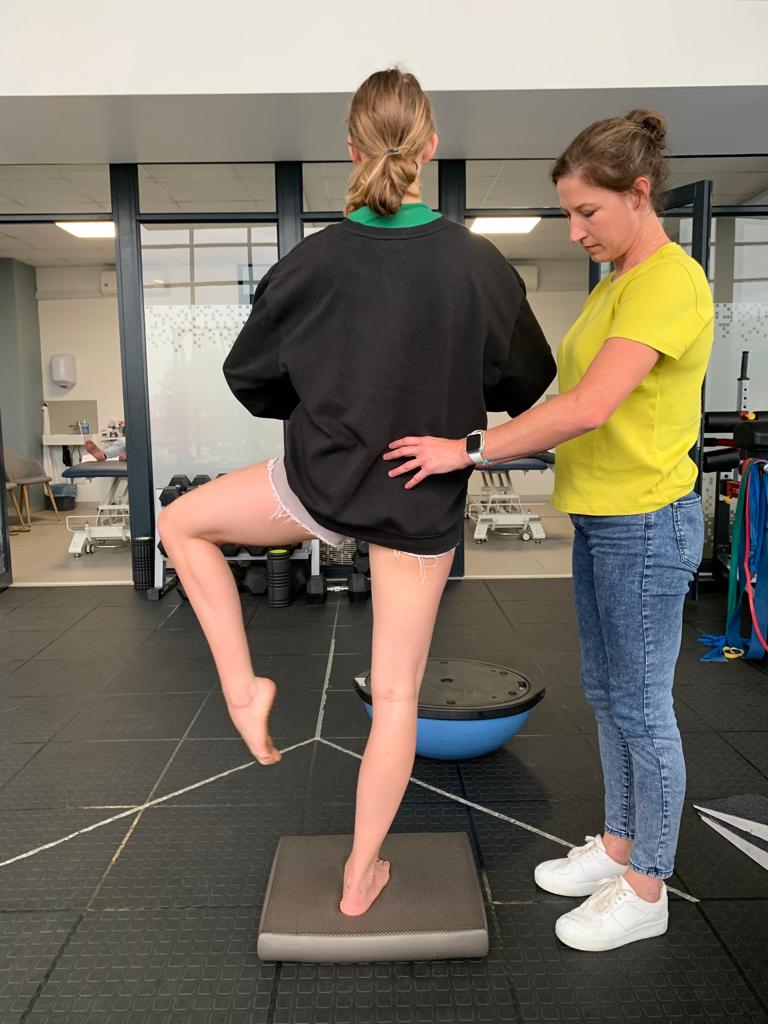Elite sportspeople are generally financially secure, travel widely, rub shoulders with other celebrities and become well-loved national identities. Who wouldn’t want this for their children? Parents often invest time and resources accordingly when told that their child shows a talent for a particular sport.
The reality? The number of kids making it to the elite level in sport is very small. There will always be outliers (think 2yo Tiger Woods), but research into this area does not show any significant difference in the lifetime success of specialists over those who played multiple sports whilst at school. There are many ‘late starters’ in professional sport who only come into their own later, often with exposure to multiple sports and cross training during their physical development.
More significantly, early sports specialisation has shown to present a 250% higher injury risk compared to multisport exposed athletes. A healthy, injury-free body is a prerequisite for future success so mitigating any increased risk is important. Kids are not little adults when it comes to skeletal maturity, and exposure to chronic, repetitive loads often on a year-round basis can have significant consequences to their skeletal development and long-term joint health. Unfortunately, surgeons are now seeing more and more younger sporting patients with damaged anatomy.
Exposure to different sports leads to a broader spectrum of motor learning and body development. Sports physiotherapists use this knowledge in knee rehabilitation, where exposure to unpredictable load and change of direction scenarios is better than giving anticipated challenges. The body becomes more prepared for the randomness of the ‘real world’, by learning how to react and move in different ways to prevent injury.
Early specialisation also sees much higher rates of drop out before true potential is reached. Perhaps it is a natural selection process, ‘working out’ those who don’t have that ‘mental toughness’ or ‘resiliency’, but at the elite level this is clearly a critical factor for success. Sport is supposed to be a positive influence on a young life and performance anxiety leads to both physical and mental burnout. So let kids be kids and make sure their sporting experience is fun.
The goal of any extra-curricular activity, physical education and junior sports program should be to develop and promote natural athleticism. Exposure to a broad variety of physical and physiological loads across multiple sports provides the stimuli for developing skills not learned through a single activity. Gymnastics is a great example of an activity that develops overall strength, body control, balance, awareness etc.
So what can parents and coaches do to bulletproof kids from injury and burnout? Get rid of this mentality that more is better. Simply expose them to a range of sports and activities during their developmental years. They will thank you for it when they are older and have their bodies intact! Only then will your child have the skills required to succeed at the elite level.





